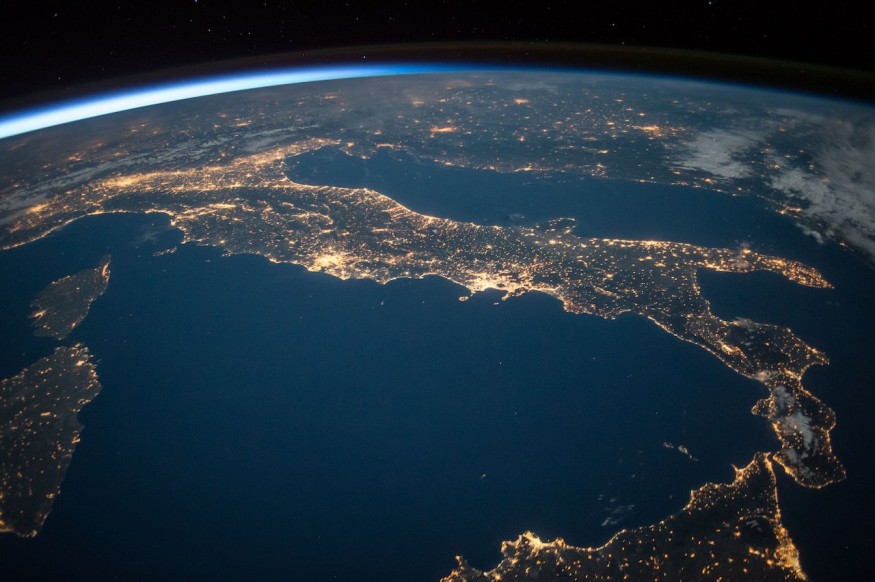
Last November 26, the Indian Space Research Organization or ISRO launched the OceanSat-3A along with eight other nanosatellites. The deployment of these satellites were conducted as part of the EOS-06 or PSLV-C54 mission across space.
According to Mashable, after the satellites started orbiting, the OceanSat-3A was able to catch its first snaps of planet earth. The shots were taken using the OCM or Ocean Color Monitor as well as the SSTM or Sea Surface Temperature Monitor.
Just last November 29, the NRSC or National Remote Sensing Centre received copies of these snaps.
OceanSat-3's Snaps of Earth Include the Arabian Sea, Gujarat Kutch area, Himalayan Area
The ISRO revealed the OceanSat-3's first snaps on earth via Twitter. The areas covered in the shots included the Gujarat Kutch area, Himalayan area, and the Arabian sea.
EOS-06 commenced serving the images.
— ISRO (@isro) November 30, 2022
First-day images received on Nov 29, 2022, at NRSC, Shadnagar cover the Himalayan region, Gujarat Kutch region, & the Arabian Sea.
They are captured by the Ocean Color Monitor (OCM) & Sea Surface Temperature Monitor (SSTM) Sensors. (1/2) pic.twitter.com/xkQjP1GT7z
More About India's OceanSat-3
As mentioned earlier, OceanSat-3 was deployed alongside eight other nano satellites. OceanSat-3, specifically, comes in third in the lineup of oceanic satellites that are included in the program of oceanic observation by ISRO.
Being part of the deployed satellites, OceanSat-3's main goal is to note observations pertaining to the oceans, as noted by ABP Live.
Aside from this, Mashable also notes that the primary aims of the satellite include checking for phytoplankton blooms, gauging concentration of chlorophyll, and looking into aerosols and particles that are suspended within the sea. Other than that, the satellite also digs into the layers of the oceanic surfaces as well as the winds above it.
Mashable also states that OceanSat-3A was devised to back up the possibility to create more applications. It is also there to make sure that there will be continuous service offered to those who operationally use the OCM sensor from OceanSat-3's predecessor, OceanSat-2.
According to Times of India, OceanSat-3 or EOS-06 is a satellite for observation that is armed with several sensors. It is foreseen to continue operating until the year 2027.
This satellite is meant to note observations about the ocean, including SST (sea surface temperature), data about the colors, and data regarding wind vectors. This information can be used in various applications including fields like oceanography, climate, and meteorology.
OceanSat-3 also backs up certain products with added value, such as a probable zone for fishing that utilizes SST, chlorophyll, speed of wind, and other geophysical specifications that are based on land.
OceanSat-3's Predecessor
OceanSat-2, the model that came before OceanSat-3, was previously deployed more than a decade ago in September 2009. It was designed to include global bodies of water within its scope. Aside from that, the OceanSat-2 was also built to offer continuous data pertaining to ocean color as well as wind vectors on a global scale and the delineation of both the ionosphere and atmosphere.
RELATED ARTICLE : Mars Orbiter Mission, India's Space Expedition Losses Communication According to Reports
Check out more news and information on Space in Science Times.











